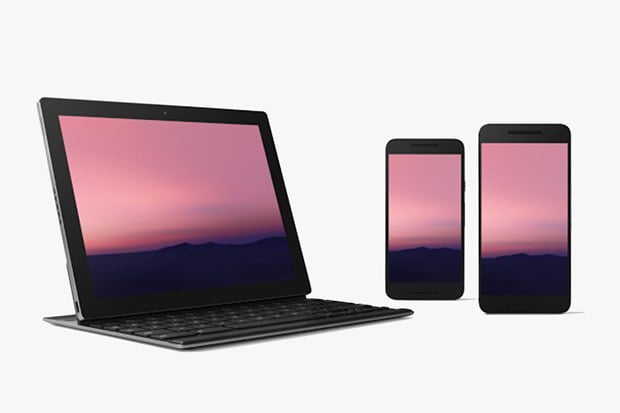
Google has released Android N Developer Preview 2, providing a look at features we’re likely to see in the next official version of its mobile operating system.
The new preview includes a number of significant updates to both the device’s user interface and the back-end processes and APIs that developers rely on. The most immediately visible update is a move to a new Unicode 9 compatible emoji set.
This not only adds modifiers that allow you to define emojiskintones and a handful of new emoji, including the ever-useful bacon and facepalm, but also marks the complete revamp of Googles’s standard emoji style. The smiley-inspired amorphous yellow Google emoji blob has been ousted in favour of what Google VP of Engineering Dave Burke describes as “a more human-looking design”.
Of more interest to developers is the addition of Google’s new Vulkan 3D rendering API, “geared at providing explicit, low-overhead GPU (Graphics Processor Unit) control to developers and offers a significant boost in performance for draw-call heavy applications.” Vulkan’s API supports multi-threading, allowing cores to be used in parallel to improve graphics performance.

The final highlighted new feature gives apps the ability to define internal shortcuts that users can place on their launcher. For example, a mapping app could create a shortcut that instantly works out how to get you home, a messaging app could give you a shortcut to contact your best friend and a media app could generate a temporary shortcut to the next episode of that series you’re binge-watching.
The features build on those included in the last developer preview release, which introduced Android’s forthcoming split-screen and multi-window modes to give tablets more of a traditional desktop environment.

